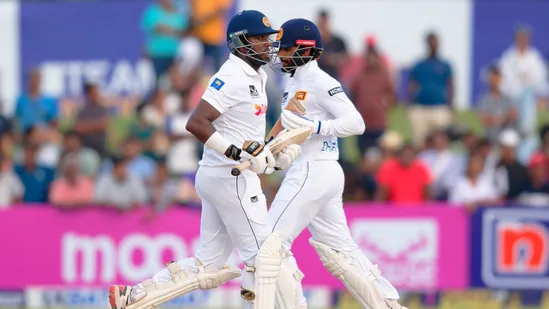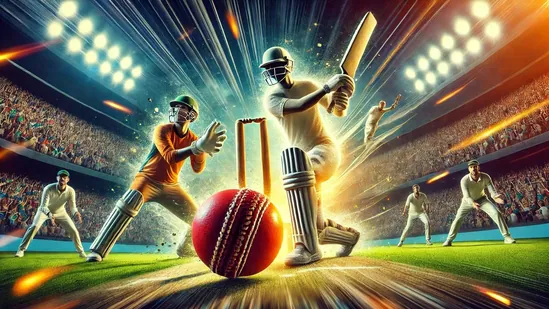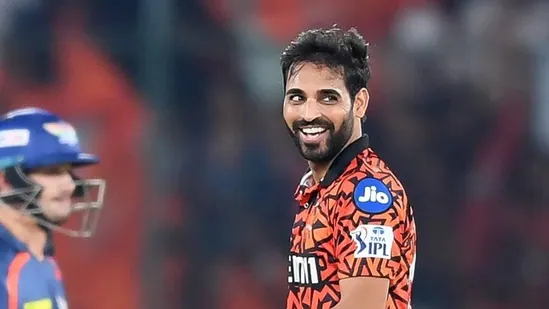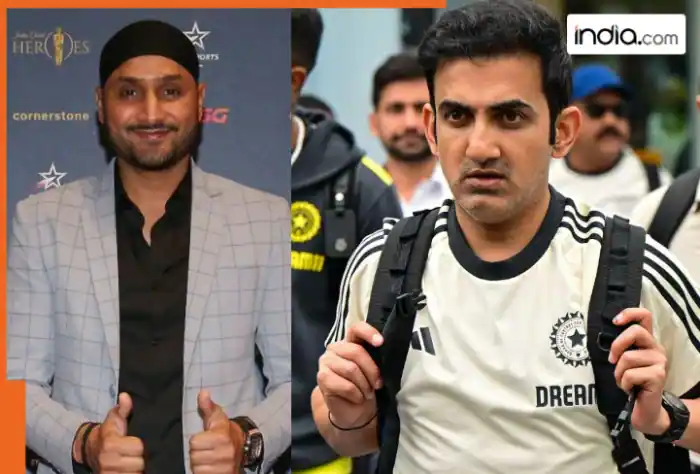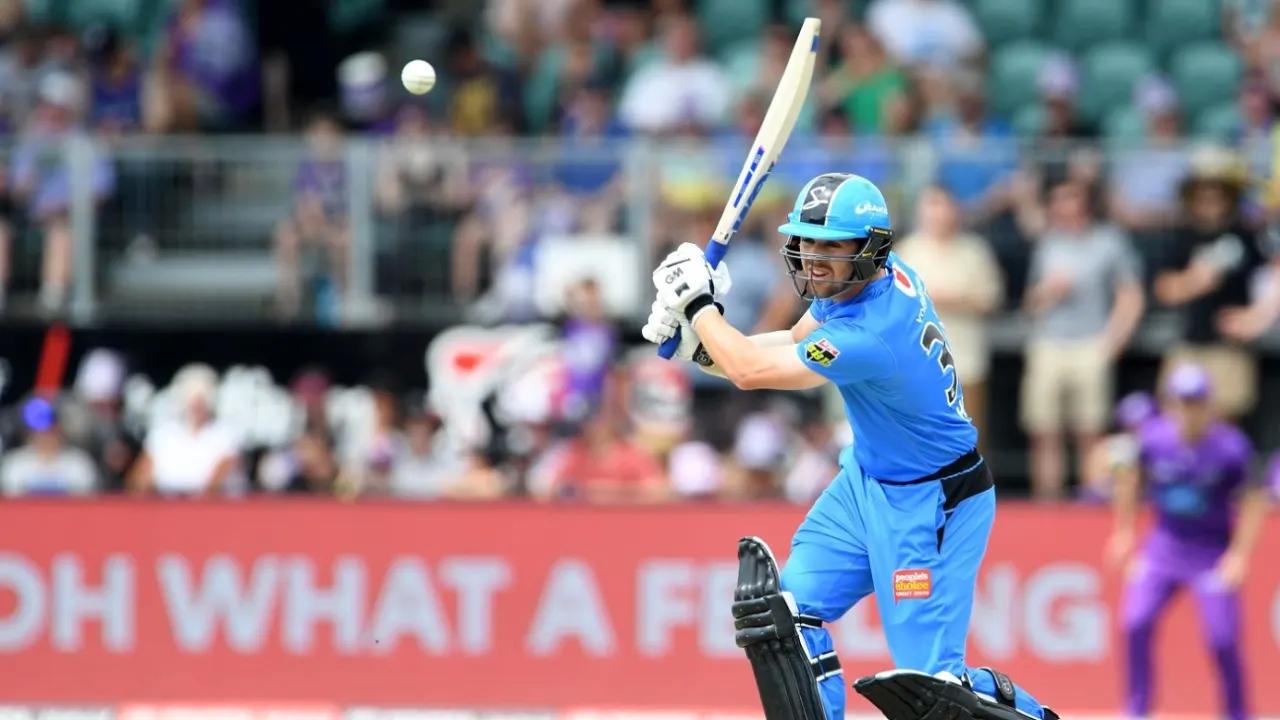India’s 12-Year Redemption Journey in ODI Spin Bowling
In Kolkata, cricket enthusiasts have marveled at the impressive leg breaks delivered at incredibly flat trajectories by Yuzvendra Chahal. Similarly, the carrom ball deployed by Ravichandran Ashwin has been a game-changer, particularly in the IPL, leaving batters startled. There was a time when Washington Sundar was considered the next Ashwin, showcasing his bowling prowess alongside impressive batting performances. Going further back, Kedar Jadhav's unconventional slingy action used to trouble batters, despite his primary strength lying in his batting skills.
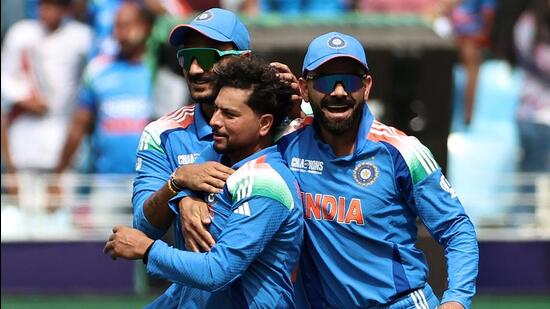
Around hypotheses and hopes were spun several combinations, sometimes to check the runs, sometimes to take wickets. Occasionally both boxes were ticked, but not with the level of consistency required to win ICC tournaments.
Like Ashwin and Ravindra Jadeja, hitting it off in red-ball cricket but not so much in limited overs. They lacked penetration in the 2015 semi-final against Australia at the SCG, although the economy was decent. In the 2017 Champions Trophy final at the Oval, that too was frittered away. Chahal was brought in along with Kuldeep Yadav and the wrist-spin era commenced.
But soon, India realised it wasn’t effective though the pair was raking in wickets. Another World Cup semi-final, this time at Manchester, and Chahal ended up the most expensive among all the bowlers. All this while Jadeja kept wheeling away tight overs, saving boundaries, hitting crucial runs, making him the go-to man. Chahal was ultimately let go in 2023 by when Axar Patel was already contributing with bat and ball.
India could have stopped with Jadeja, Kuldeep and Patel, the combination that bowled nearly half the overs in the 2024 T20 World Cup final. Adding Varun Chakravarthy — he wasn’t considered in the beginning – to that mix at the Champions Trophy was possible only because of the longer format and a weary Dubai pitch. And since Gautam Gambhir was keen on unlocking the option of a ‘mystery spinner’ who was comfortable bowling in Powerplays too, it was an ideal time to take a punt on Chakravarthy.
Having Chakravarthy and Kuldeep — both aggressive wicket-taking bowlers — backed by the economical Jadeja and Axar, who also batted left-handed at No.5, this was possibly the most balanced spin attack India have fielded in a white-ball game.
And it showed too. Only spinners operated in the middle overs (11-40) on Sunday, making this the second such instance since the 2002 Champions Trophy final against Sri Lanka on a similarly slow Colombo pitch in 2002. (The teams shared the trophy after the final and the replay ended in no result due to rain).
New Zealand’s implosion was predictable, scoring just 103/4 after racing to 69/1 in the first 10 overs. Highlighting their misery was the 81-ball period (between overs 14 and 27) New Zealand went without scoring a boundary. That lull effectively killed the game.
Chief executors of that phase were Axar and Jadeja, who both had finished their quota of overs by the 40th over. And by using Chakravarthy in short bursts (he bowled two spells of three and four overs followed by three one-over spells), India ensured they kept New Zealand on the edge till the end. The finishing touches were then applied by Kuldeep, who didn’t let India miss Jasprit Bumrah in the death overs. He conceded just 15 runs in his last spell of four overs that ended with the 47th over.
Four spinners bowling together isn’t the same as a pace quartet hunting in a pack, especially when under-bowling one of them isn’t an option. Yet India went with that choice three matches in a row. Familiarity with the pitch is an advantage but there is more that goes into getting the bowling right.
“It’s very difficult to manage four spinners on the field,” Kuldeep said after the title win. “And the way Rohit bhai managed was great and outstanding because you have to read the batsmen and who will bat in what situation, so whom to bowl at what time. The planning was there for the last few days, according to their batting line-up and what to bowl when. It was terrific.”
You don’t have to take wickets to be labelled successful in white-ball cricket. Even if you do, economy can’t be sacrificed. Mystery works for a while, until data gets a stranglehold of it. Skills are specific and can’t always be tailored to conditions. And not always do slow tracks aid slower bowlers.
To think India always had the requisite depth to adapt to every condition but not an ICC ODI event win to show since 2013 is crazy. Crazier still is the courage and belief to go all out with spinners. A better measure than individual matches is a series result, and here India have used four spinners to produce three wins in a row to lift the Champions Trophy. More than a decade to finally strike gold, but surely worth the wait.
ICC Champions Trophy , ICC Champions Trophy Schedule , and Champions Trophy 2025 Points Table – stay ahead with real-time match updates, team standings, and insights. Check live cricket score , player stats, and ICC rankings of top players like Rohit Sharma and Virat Kohli . Get expert analysis, match previews, and in-depth coverage of ICC CT 2025, IPL 2025 Schedule and IPL 2025, all on HT Crickit, powered by Hindustan Times – your trusted source for cricket news along with IND vs NZ Live Score. .freemium-card h4{color:#fff; padding-bottom:20px;} .freemium-card .freemium-content .subcTxt{padding-bottom:16px; color:#fff;} .freemium-card .freemium-content{width: auto; max-width: inherit;} .freemium-card .freemium-content .subcTxt{max-width:inherit; font-size:18px; padding-top:0; line-height:24px} .freemium-card .btnSubc{margin} .freemium-card .btnSubc a{background:#000; color:#fff; min-width:auto; padding:5px 15px; border-radius:6px; font-size:16px; line-height:22px; font-weight:700;} .freemium-card{height:285px} @media (max-width: 767px) { .freemium-card h4{font-size:28px} .freemium-card .freemium-content{max-width:360px; padding: 20px;} .freemium-card{height:303px; background-position: 100% 0; } }RELATED STORIES
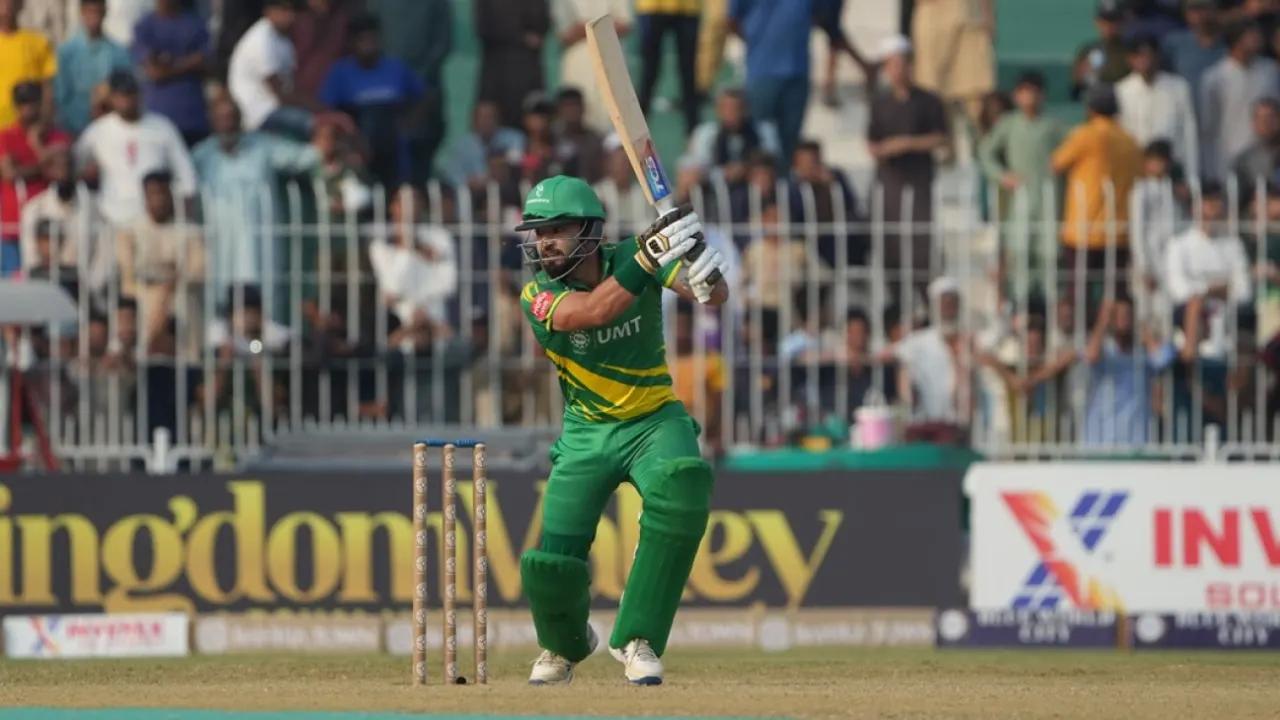
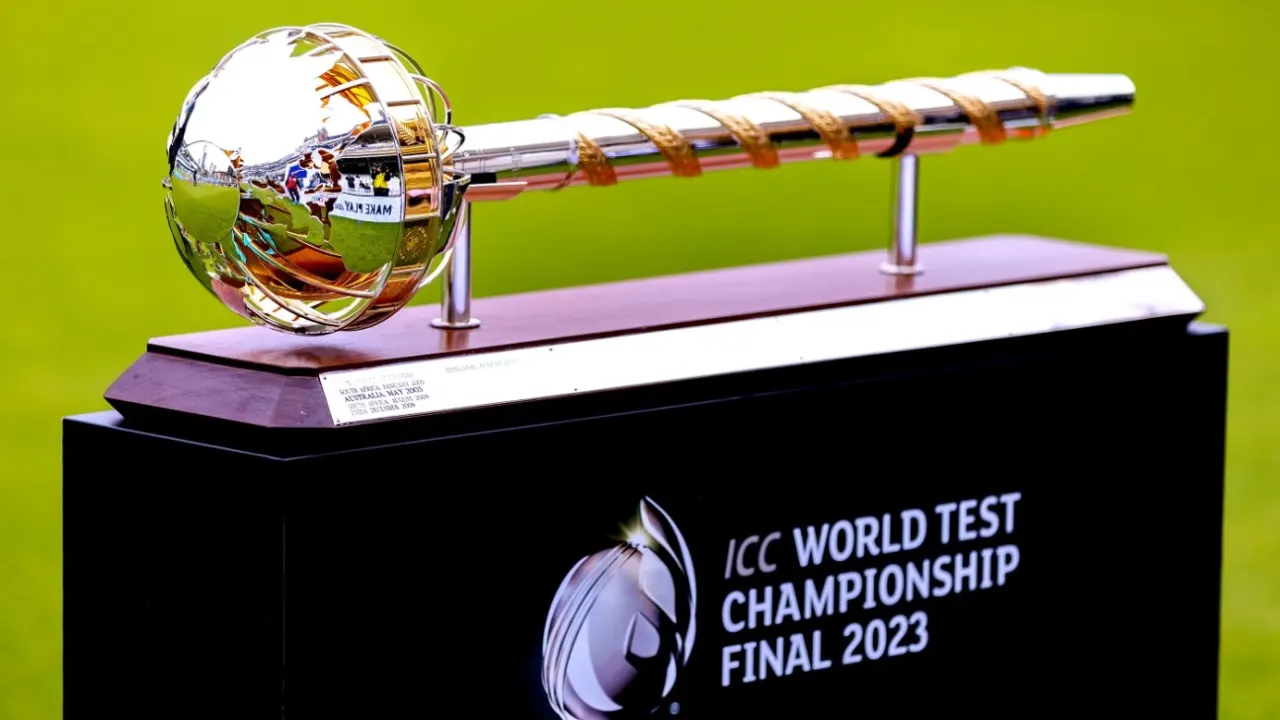
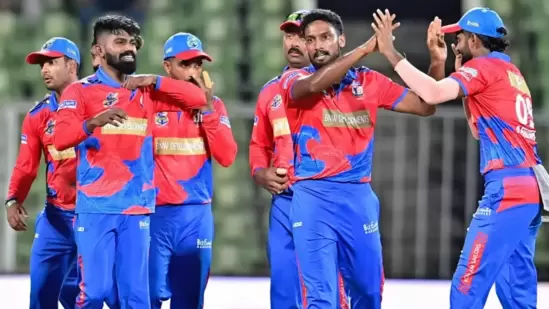
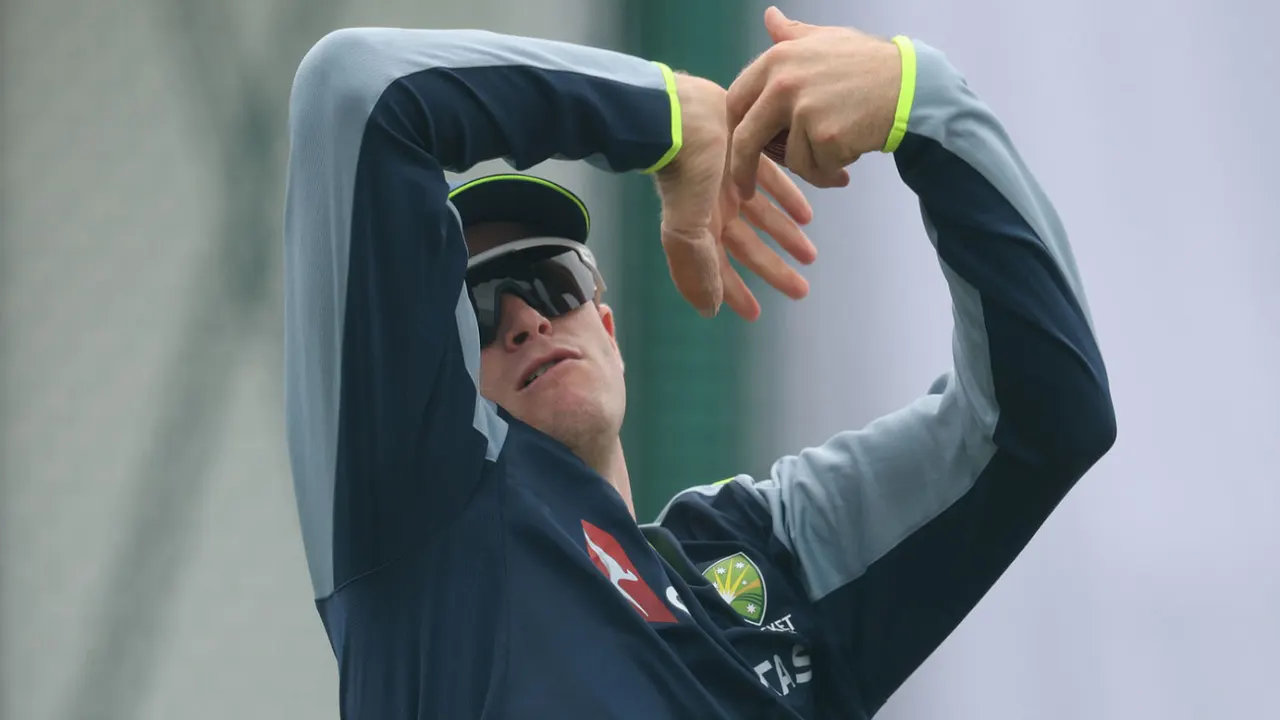
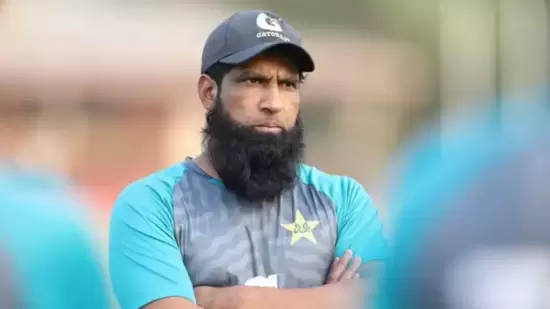
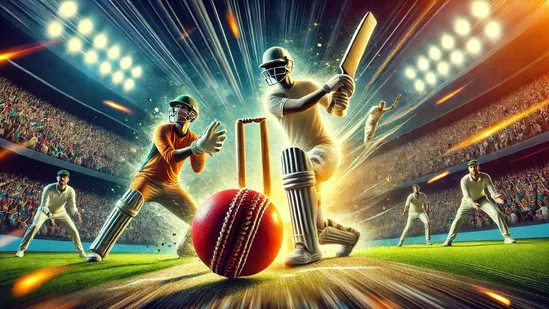
LATEST NEWS
